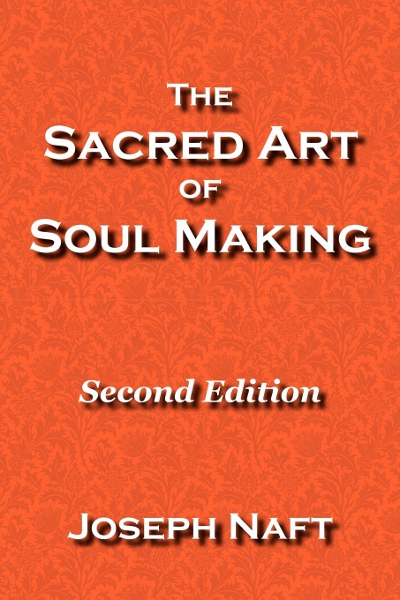|
|
Inner
Frontier Fourth Way Spiritual Practice |
|
Inner Work For the week of September 17, 2012
Meditation (Growing a Spiritual Life: Part 1) The benefits of meditation have been laboratory tested in a range of contexts, showing that its practice has positive effects on our body, brain, and emotions. Our interest here, though, lies in its profound effects on our mind, our soul, and our spirit. Those effects accumulate over the years, little by little. Though meditation is only one category of spiritual practices, which together work to transform our life and our soul, meditation is fundamental, paving the way for other forms of inner work. Of the many methods of meditation, one usually begins with and often returns to the basic one of focusing and sustaining our attention, typically on our breathing, on bodily sensations, on creating some mental image, or on some inwardly repeated sounds or words. For example, while sitting quietly, we might pay attention to the bodily sensations connected with breathing, at our abdomen, our chest, our nostrils and upper lip, or our whole body. We pick one of those locations and stay with that for the duration of the sitting, without intentionally changing our natural rhythms of breathing. To occupy our mind further, we might simultaneously enumerate our breaths, counting each exhalation silently in our thoughts, from one up to ten, and then beginning again at one. When we lose the count, we just start over at one. But the counting is gentle and secondary to the action of keeping our attention on the sensations of breathing. When we lose our attention, we just begin again, without self-criticism, or just noting our self-criticism if it does arise. To think, “I’m not a good meditator” is misplaced and destructive. Bringing our attention immediately back after it wanders, again and again, is itself this first phase of the practice of meditation. Two of the major benefits of such practice are the training of our attention, in effect strengthening our will, and generating a state of peace, contentment, and calm, free of our ordinary desires and fears. The simple act of sitting still and occupying our mind and attention in a directed way affects us deeply. The state of peace comes from the settling of our energies in meditation, in particular the separation of our conscious and sensitive energies. No longer are we totally taken by what our senses throw at us, including the mental senses that cognize thoughts and emotions. We enter the vast hall of the conscious energy, the underlying continuum of awareness, and against that backdrop each sensory event makes its debut and then fades, while we remain in consciousness. This training in meditation gradually frees us of the close identification with our thoughts and emotions, with our personality patterns. In that peace, we become able to be, just be. And from being we are able to act, able to act with clarity and efficacy. Rather than just reacting to events, we are able to choose to respond or not, able to take the initiative or not. Yet the peace of consciousness is not the end of meditation. As our identifications fall away, we may at some point notice that we are still identified, though in a more rarefied way. We are identified with consciousness itself. But consciousness is not who we are, nor is it the highest energy or inner world. So we continue to practice meditation. Now the training of attention may only occupy the first portion of any given sitting, just enough to settle us into that state of focused and attentive peace. Then we begin to let go of that peace itself. We begin to see consciousness as consciousness, not as the unfathomable, ultimate, and all-pervasive substrate of awareness that it appears to be. We live in this medium of consciousness, like fish in water. But there is more to reality. We continue our sitting practice to find that more, to go beyond consciousness itself. One clue comes by looking toward the source of our attention, toward where it comes from. There in the inner recesses of our will, we find something very different than consciousness: we find ourselves. This proves crucial, for to be fully ourselves is to live fully. To strengthen that true self and live in it is the work of presence. But for deepening our meditation, the question becomes how to go beyond not just consciousness, but beyond our very self. At this point our meditation practice becomes indistinguishable from silent contemplative prayer. The needed action consists of allowing our innermost door to open, asking it to open, opening it from behind it. And it may open just a crack. But that is enough to let the light of the sacred come streaming through. And so it continues. Whatever our degree of experience or our state when go to sit on the cushion, meditation is an inestimable support for our inner work, for our spiritual life. For this week, examine your practice of meditation with the aim of understanding how you might deepen that practice. Or consider starting or restarting a regular, daily practice, if you are drawn to it. |
|
|
About Inner Frontier Send us email Copyright © 2001-2024 Joseph Naft. All rights reserved. |








